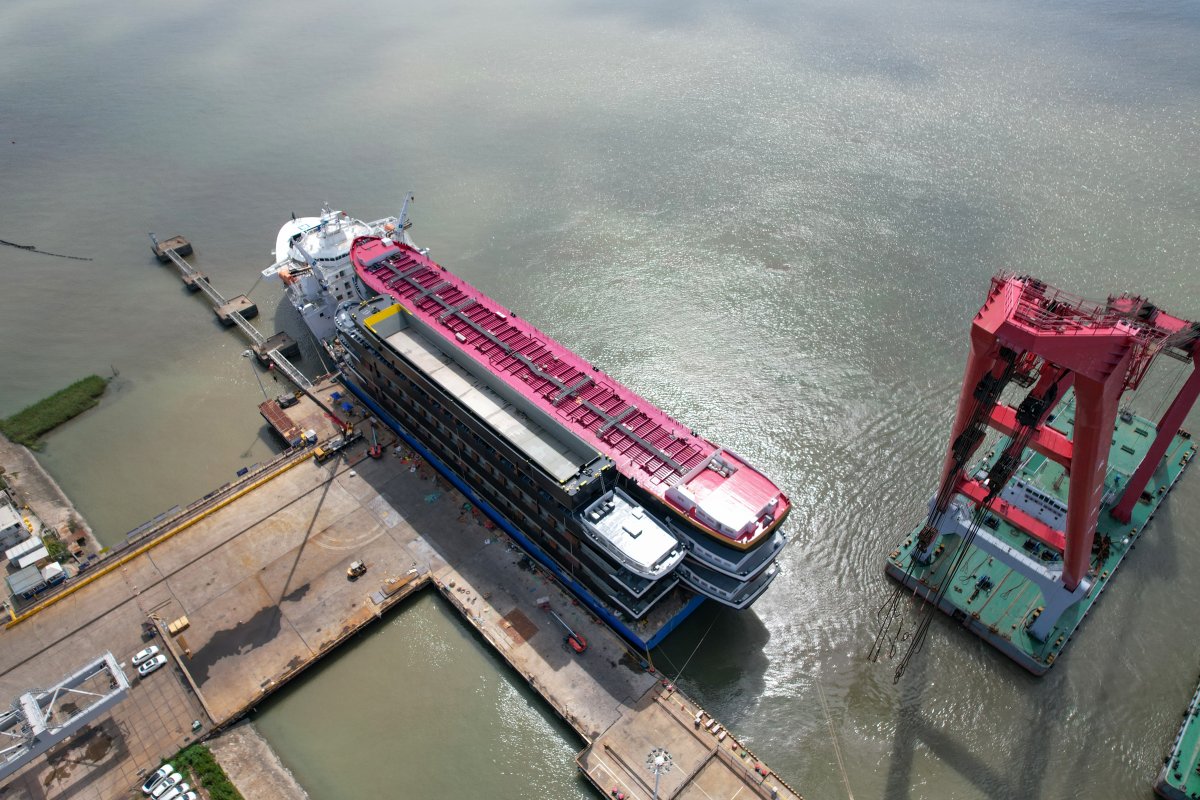The Rhine river is a vital trade route in Europe. However, in recent years, the river’s water level has dropped significantly during drought summers like in 2018 and 2022, causing traffic on the shipping highway to come to a standstill. The shallowest part of the river, near Kaub in Rhineland-Palatinate, is the most affected, with water levels dropping to just 1.20 metres. This depth is not enough for ships to navigate through without the risk of grounding, even though they are typically built flat.
As a result, goods have to be reloaded onto other means of transportation such as trains or trucks, which can be quite costly. A truck can only transport two 20-foot overseas containers, whereas a large ship can carry over 300. To prevent this, ships are being developed and built to navigate even at low tide.
According to Benjamin Friedhoff, a shipbuilding engineer from the Duisburg Development Center for Ship Technology and Transport Systems (DST), situations like this may become more frequent in the summers. Therefore, ships are being built with an increased ability to navigate at low tide.
Developing ships that can still navigate during drought summers is essential to reduce the cost of re-loading goods onto other means of transportation. It is also necessary to ensure the reliability of the Rhine as one of Europe’s most important trade routes.



